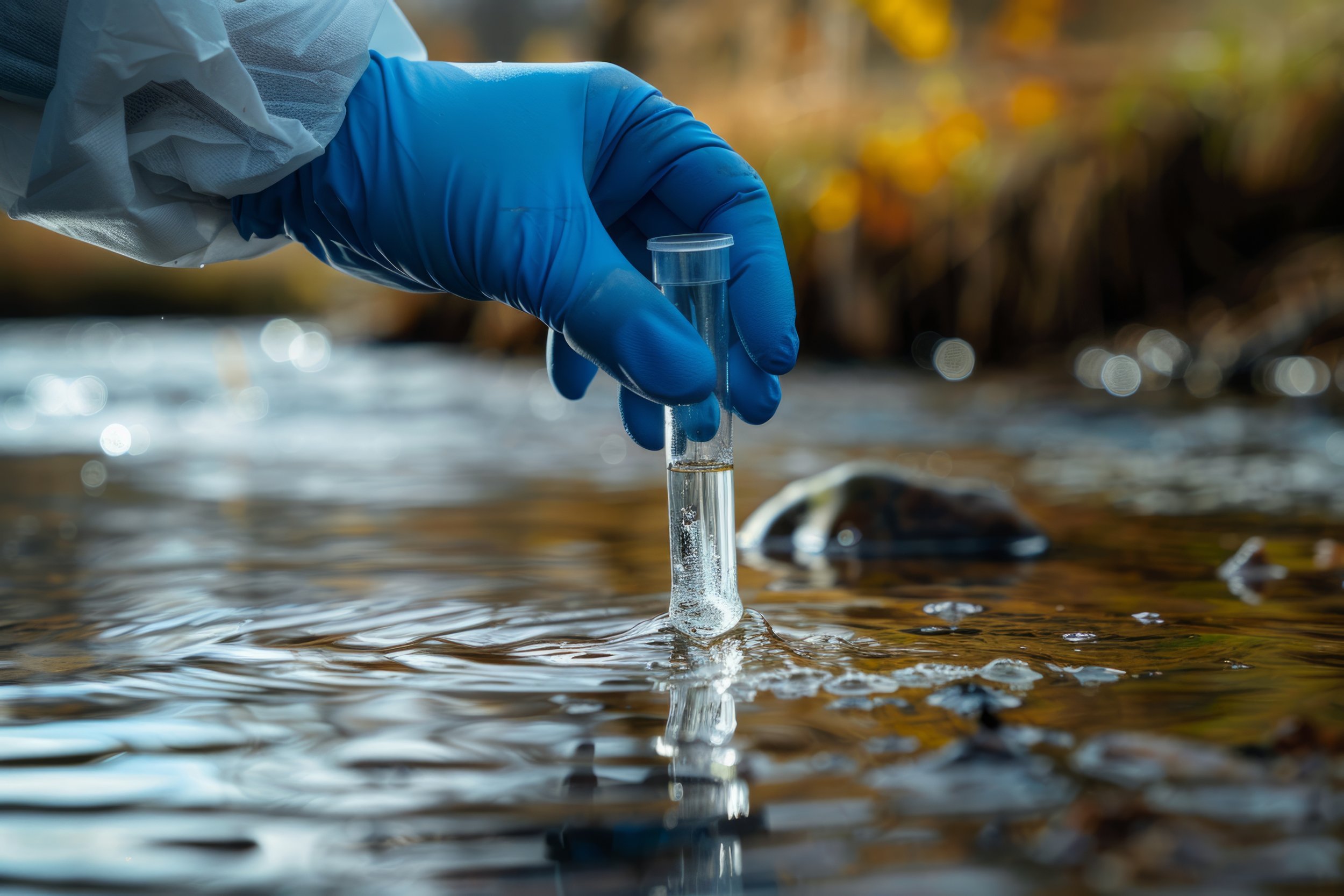Fugitive Dust Ordinance in Effect for the City of Detroit
/The City of Detroit has enacted a fugitive dust ordinance designed to limit dust emissions and improve air quality across the city. This regulation applies to a broad range of properties and operations, including construction sites, industrial facilities, and certain residential structures.
Under the ordinance, businesses and property owners are required to develop and implement site-specific dust control plans. These plans must include strategies to limit dust emissions and ensure compliance with opacity standards—which govern how visible dust emissions can be during site activities.
The Buildings, Safety Engineering, and Environmental Department (BSEED) has been granted authority to enforce the ordinance, including the ability to halt dust-generating operations until violations are corrected. Non-compliance may result in fines and project delays.
ASTI Environmental encourages clients operating within the City of Detroit to review the ordinance requirements carefully. Our team is available to assist with preparing dust control plans, performing site evaluations, and ensuring your operations meet the new compliance standards.
If you have questions about whether your site is affected or need help navigating this new regulation, please contact Bruce Bawkon at 616.485.3832 or bbawkon@asti-env.com.



















